India is home to around 3000 museums. Most of the museums are located in the major cities of India like Delhi, Chennai, and Kolkata. Himachal State Museum, located in Shimla and which opened its doors in 1974 is heavily influenced by colonial architecture. During the British Raj, the place served as Lord William Beresford’s summer residence. It was also frequently used for overflow guests at Peterhoff, the Viceroy’s smaller home in Shimla, and later as Edwin Henry Hayter Collen’s and Edward FitzGerald Law’s homes. In the 1860s, it was transformed into a sizable Victorian home. It was purchased by the state of Himachal Pradesh for use as a museum, and renovations were made in 1973.
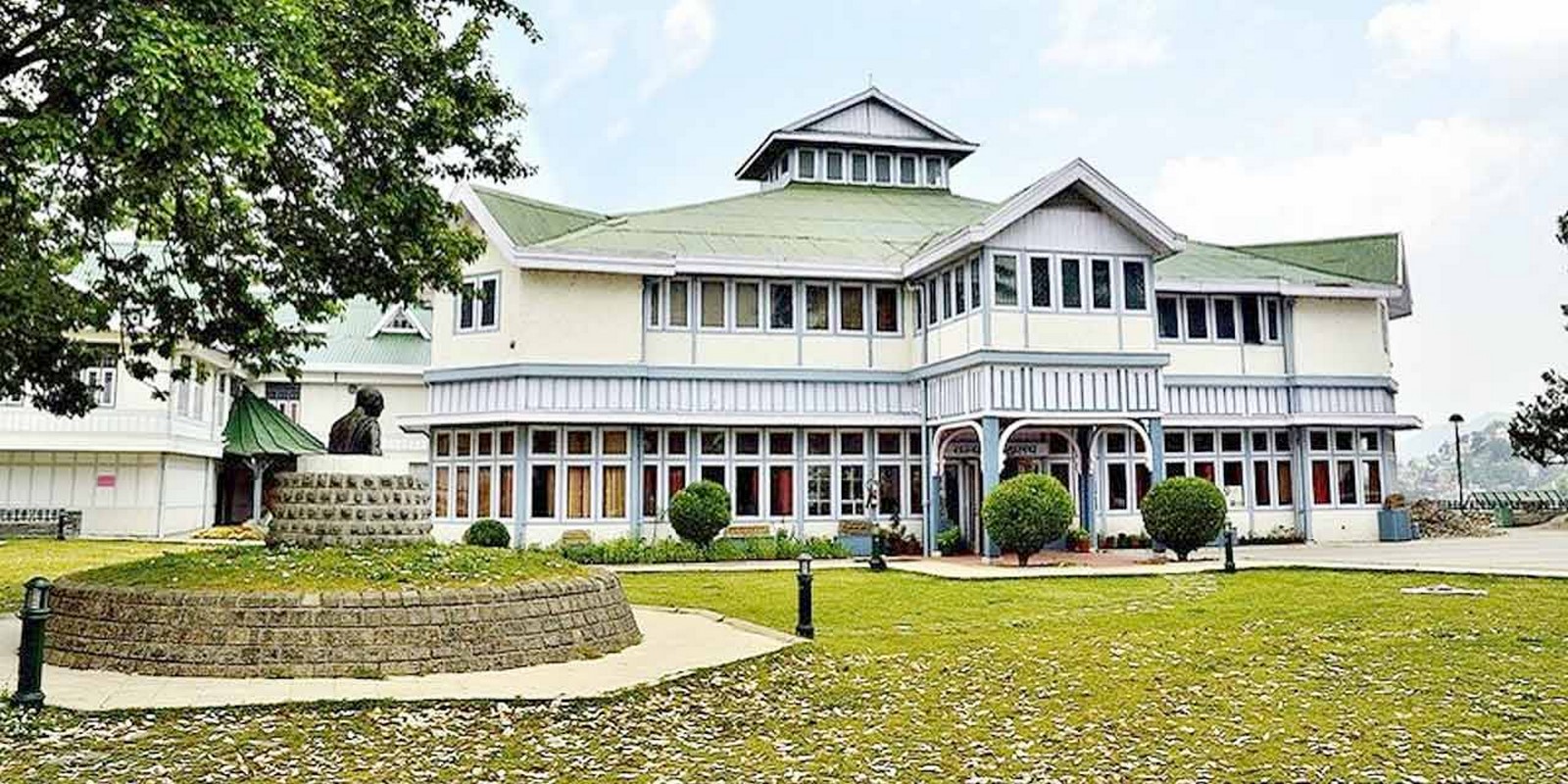
The bronze statues on display here were gathered from numerous temples in the Himalayan region. Many oil paintings and a small collection of deity masks from the 19th and 20th centuries were discovered in the valleys of Kullu and Sarahan. Additionally, the Himachal State Museum also has a separate room which is dedicated to Mahatma Gandhi, the Father of India, displaying his photos when he visited Shimla and his political cartoons that comment on his relations with the British. One of the library’s biggest draws for tourists is the State Museum Shimla, which has over 10,000 volumes, periodicals, and magazines. Inside the museum, there is a doll gallery with many wedding and groom dolls and other dolls that are pretty popular with visitors.
Sculpture Gallery
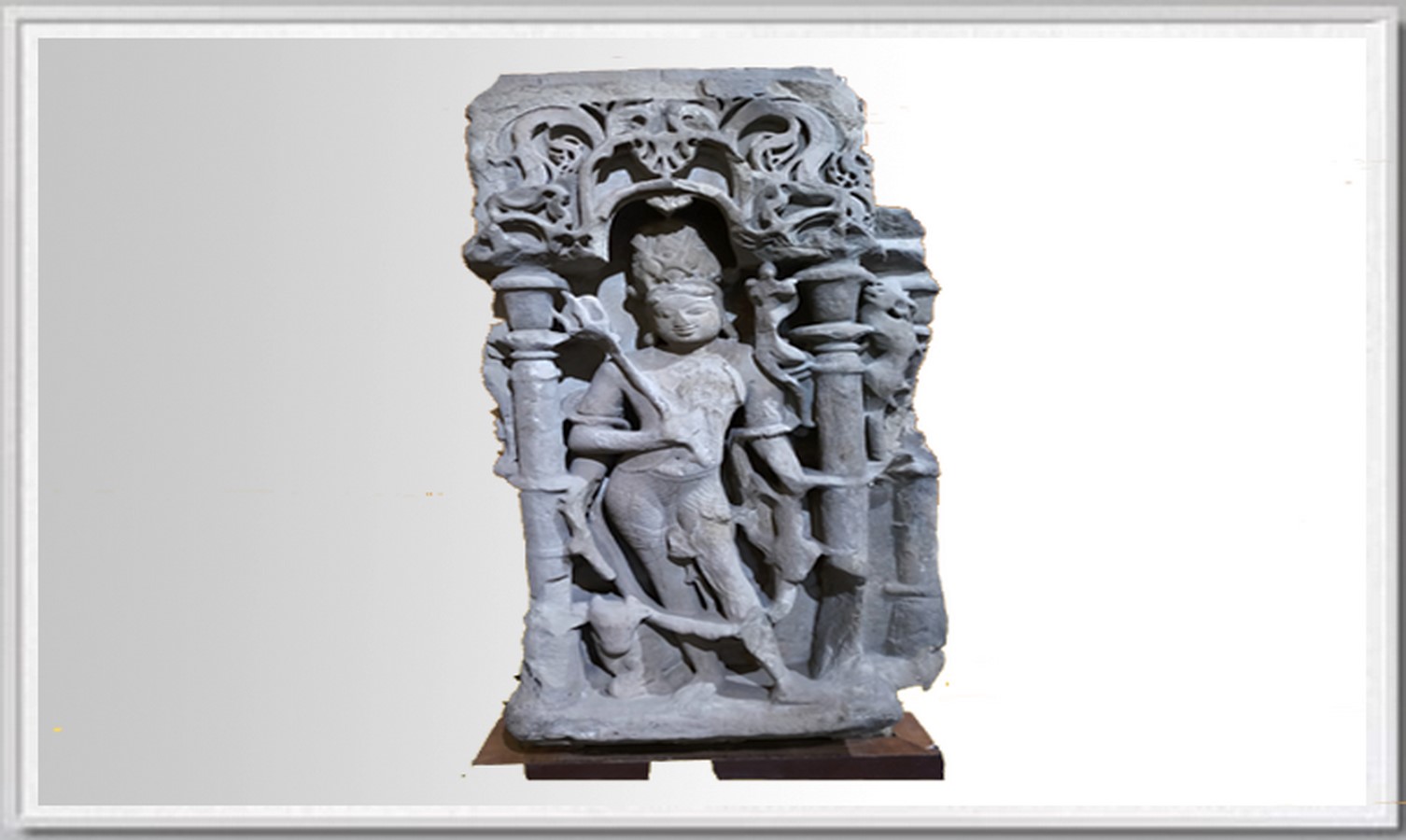
The Museum houses a rich collection of sculptures from Himachal and other parts of India, reflecting the religious and artistic spirit of the people during the 5th-6th century. These sculptures are characterized by smooth plasticity, serene countenance, and linear rhythm. The Gurjara-Pratihara influence entered the hilly Himalayan region during the 7th-8th century, producing many master specimens. The collection includes beautiful images of the Devi, Surya, Padamanidhi, Shankhnidhi, and Masrur of Varuna, who are depicted in lalitasana on his vehicle Makara.
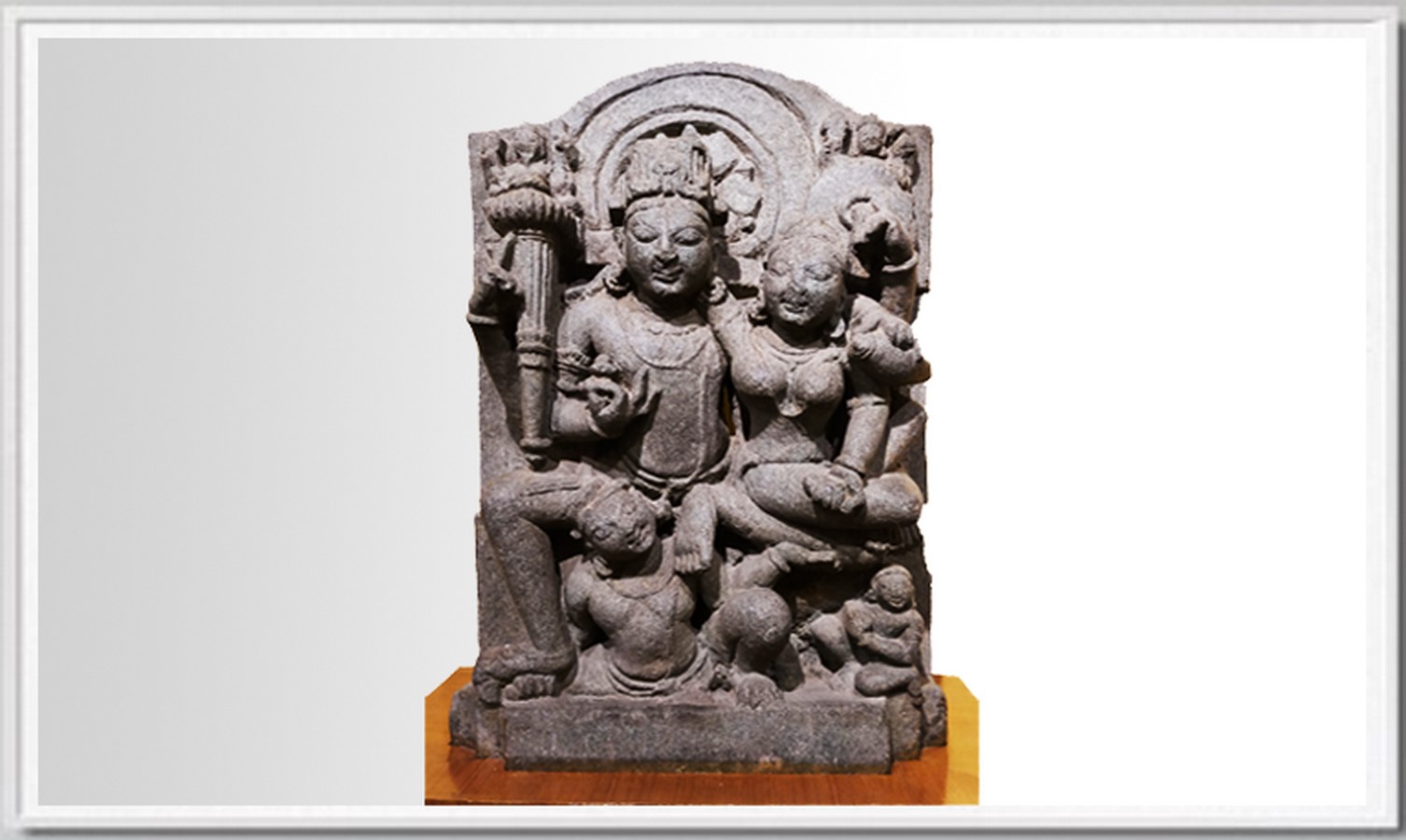
Painting inside Himachal State Museum
Chamba paintings being of the collection, are exceptional in their technique of mixing colors and amplifying their visual impact. They are influenced by Mughal, Deccan, and Gujarat styles, and are authentic social documents. The Chamba style is similar to Guler, with numerous artists from Guler. The Bhuri Singh Museum in Chamba houses collections of Guler-Kangra-style paintings, named after King Raja Bhuri.
Collection of Rajasthani Miniature paintings showcases primitive vigor, direct expression, and brilliant colors with tempera effect. They showcase varied themes, blending love and devotion with exuberant life joy. The collection includes paintings from Mewar, Kota, Bundi, Jaipur, and Kishengarh.
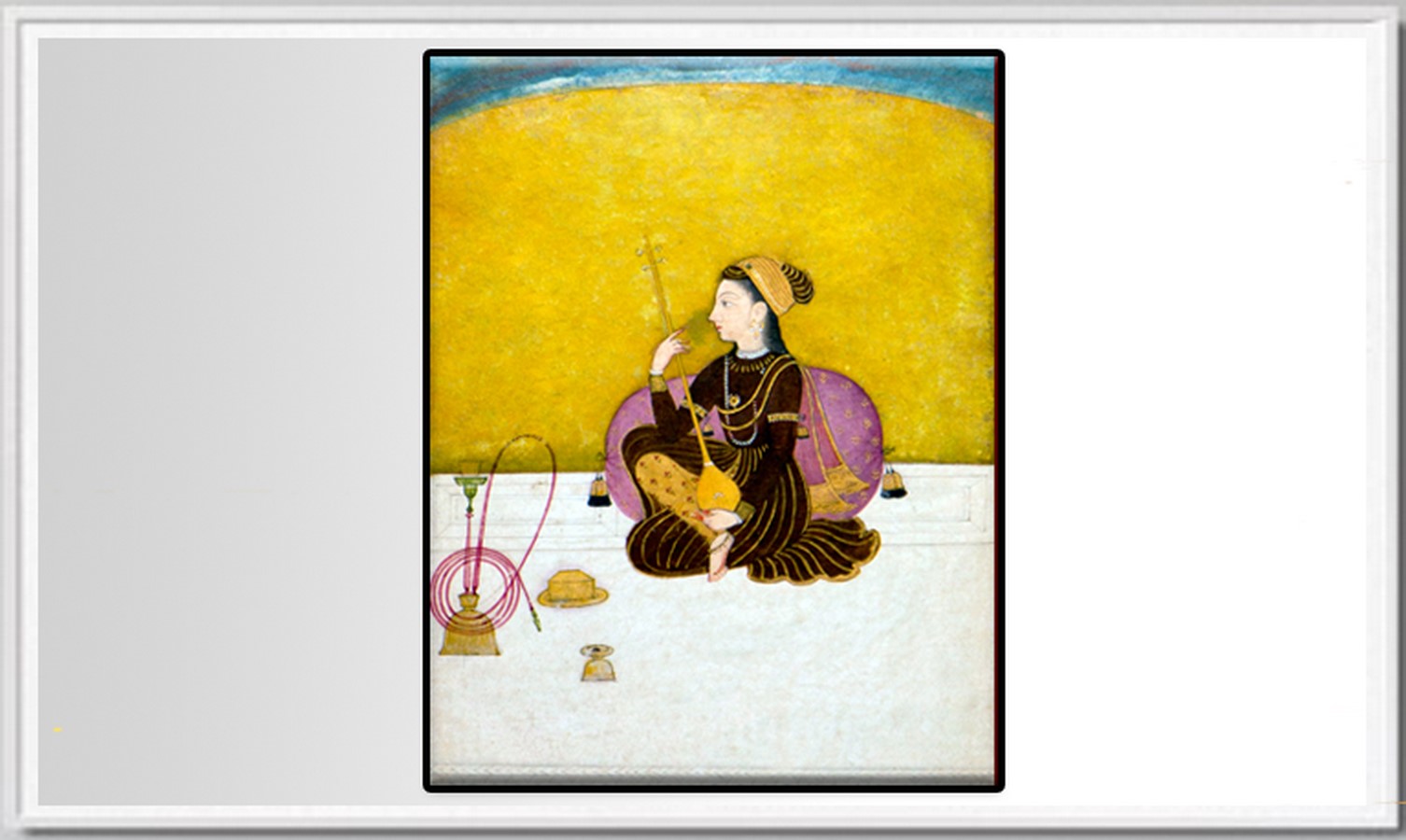
The Himachal State Museum has a significant collection of miniature paintings, particularly those from the Pahari school, which flourished in the western Himalayas from the 17th to 19th century AD. These paintings, made on Sialkoti paper, showcase themes related to Epics, Puranas, Gita-Govinda, Bihari-satsai, Baramasa, Ragmala, and Devi Mahatamya. These paintings, in the Charupanchsikha style, showcase the same fondness for decorative details, smooth brushwork, and delicacy of the line as works by Manku and Nainsukh.
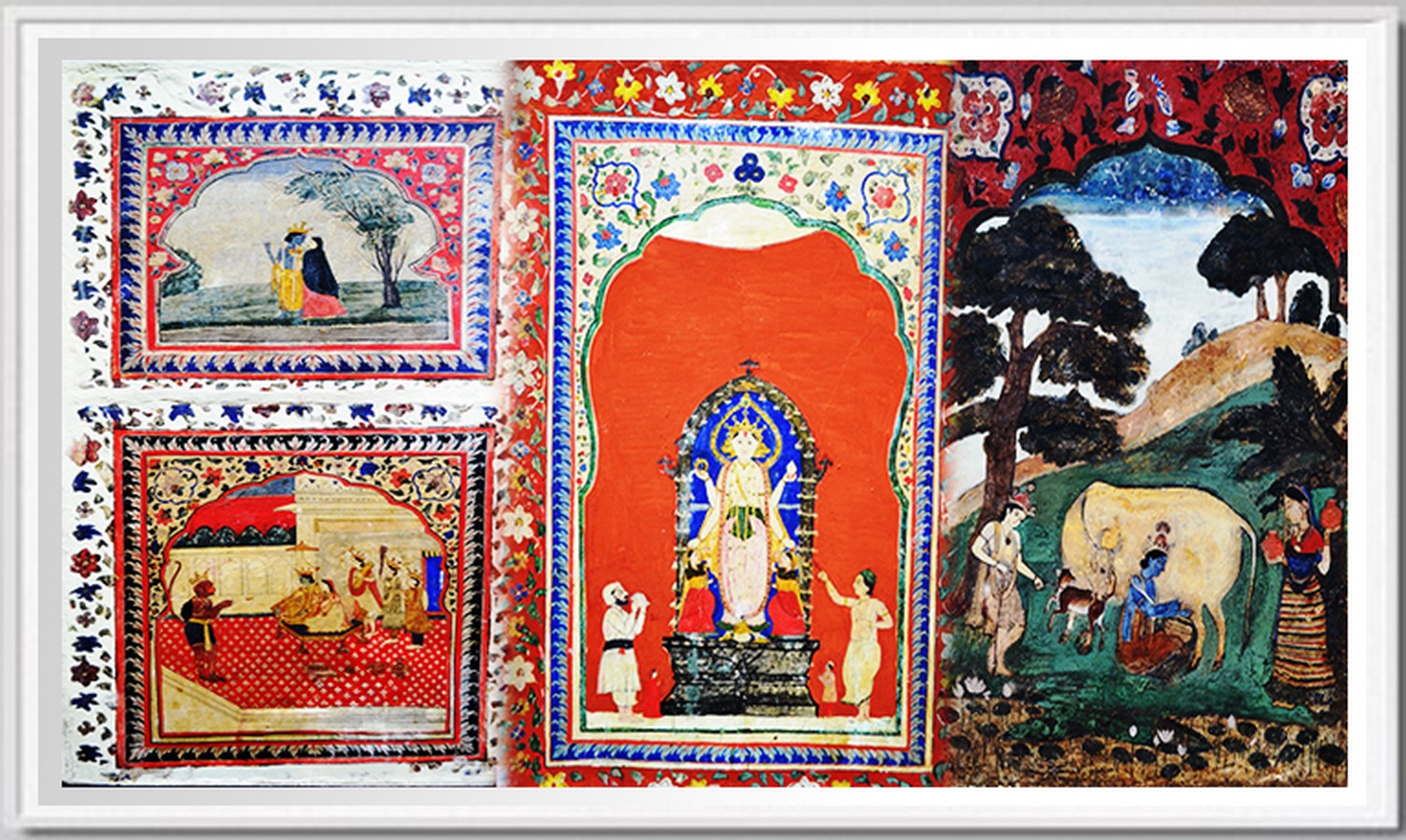
Apart from Chamba, Rajasthani Miniature, and Pahari paintings, the museum houses a small collection of wall paintings from Chamba Rangmahal, dating from the 18th-19th century A.D. These expressive, linear drawings showcase religious and social themes, including Krishna and Radha’s love, nayakas, nayiksa, and Rasa mandala. The paintings serve as a living testimony to the social life of that period, with a fascinating composition featuring Krishna chasing gopis and Radha messing with butter pots.
Coins inside Himachal State Museum
Coins provide historical insights into political, economic, and social aspects of an era, showcasing the grandeur of Indian numismatic history from early tribal rulers to modern currency.
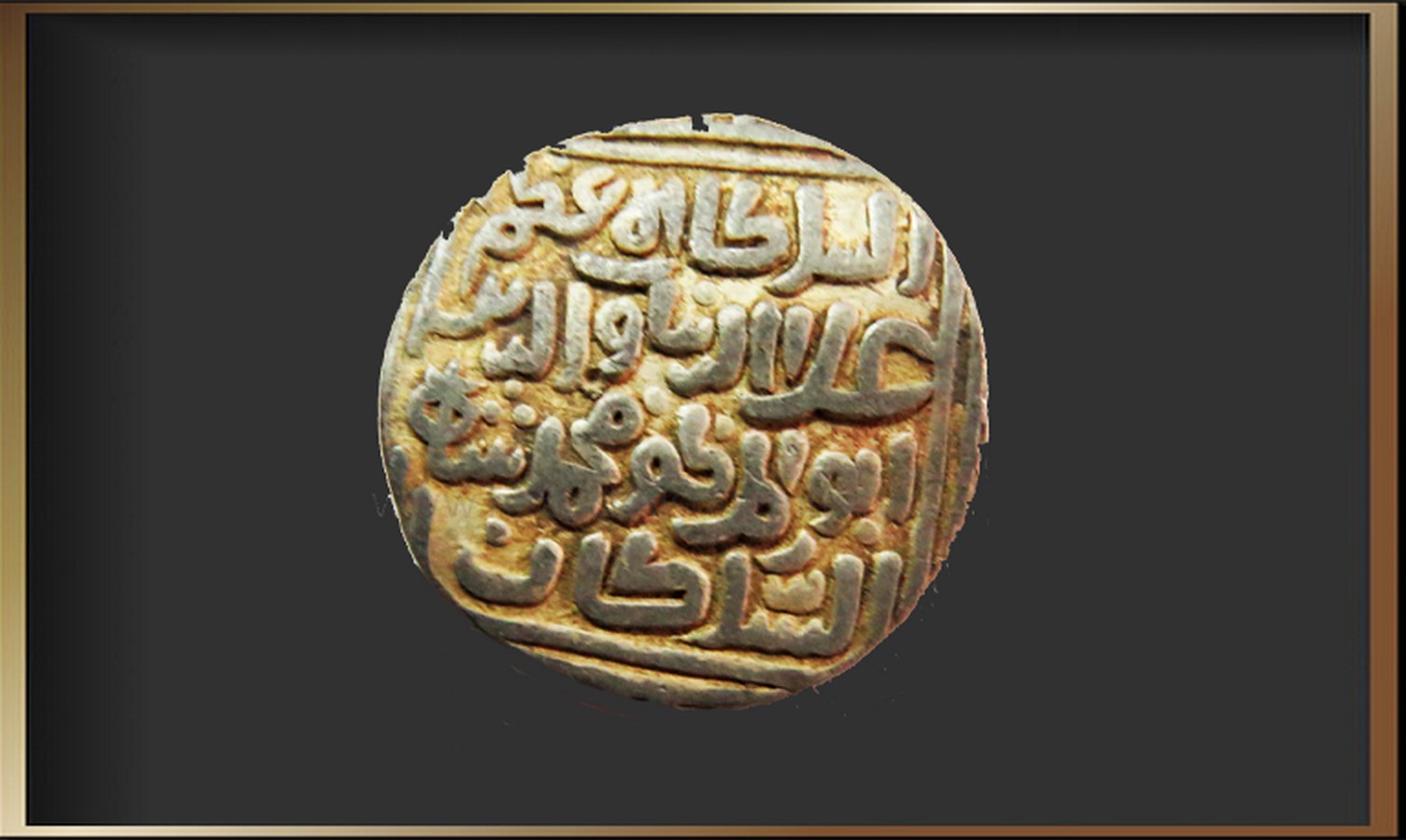
Jewelry of Himachal State Museum
The Himachal State Museum apart from paintings, coins, sculptures, and dolls accommodates jewelry. Jewelry is a captivating adornment for women worldwide, with traditional silver ornaments in Himachal being replaced by gold due to social-economic changes. Traditional silver jewelry remains popular, with women wearing it at fairs, festivals, and marriages, often weighing over 8 kg.
Bronze Collection of Himachal State Museum
The North West Himalayas have a rich history of large images of Brahmanical and Buddhist deities, including gold, silver, and metals. These images have attracted the attention of iconoclasts, particularly in Himachal Pradesh, which still exists in remote areas like Bhimakali, Hatkoti, Bharmour, and Chatrari. The museum’s collection of small bronzes preserves the excellence and classism of life-size images still enshrined in temples. The bronzes of Himachal can be divided into two groups: classical and folk styles. The classical phase lasted up to the 12th-13th century, influenced by Pratihara, Kashmiri, and Katyuri workmanship. The folk style features angular anatomies, large heads with almond-shaped eyes, and Mahishasurmardini images. The Buddha images in the collection are from the bordering territory of Himachal Pradesh, close to western Tibet, where the Vajrayana sect of Buddhism prevailed. The Buddhism of the 10th-11th centuries in Western Tibet relied on the artisans of Himachal and Kashmir, as it had no artistic activity or experienced craftsmen of its own.

Himachal State Museum additionally also has an archelogy section, an anthropology section, a section dedicated to Mahatma Gandhi, Army collections, and Contemporary Arts and Craft Section. The place can make people explore the art and history of the place with compassion and the trueness of the past.


















